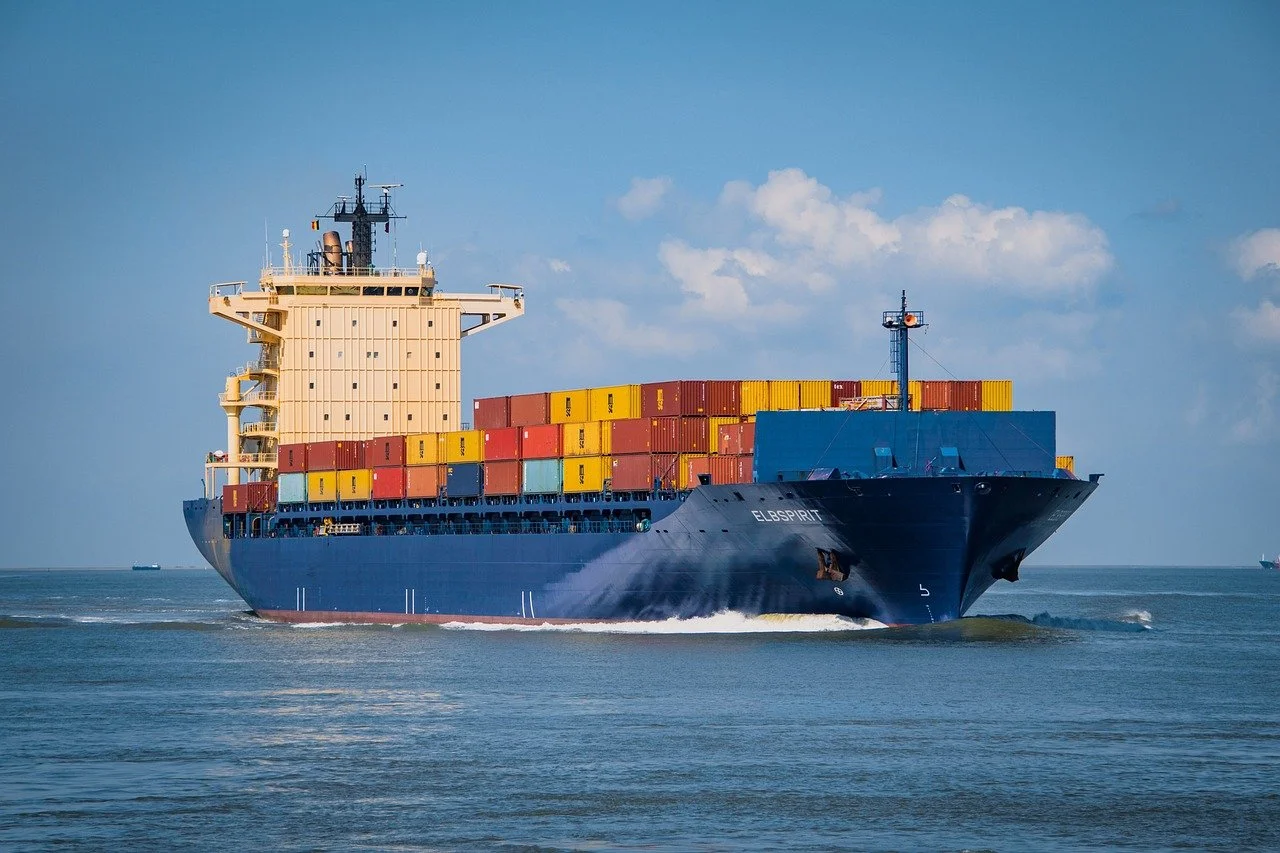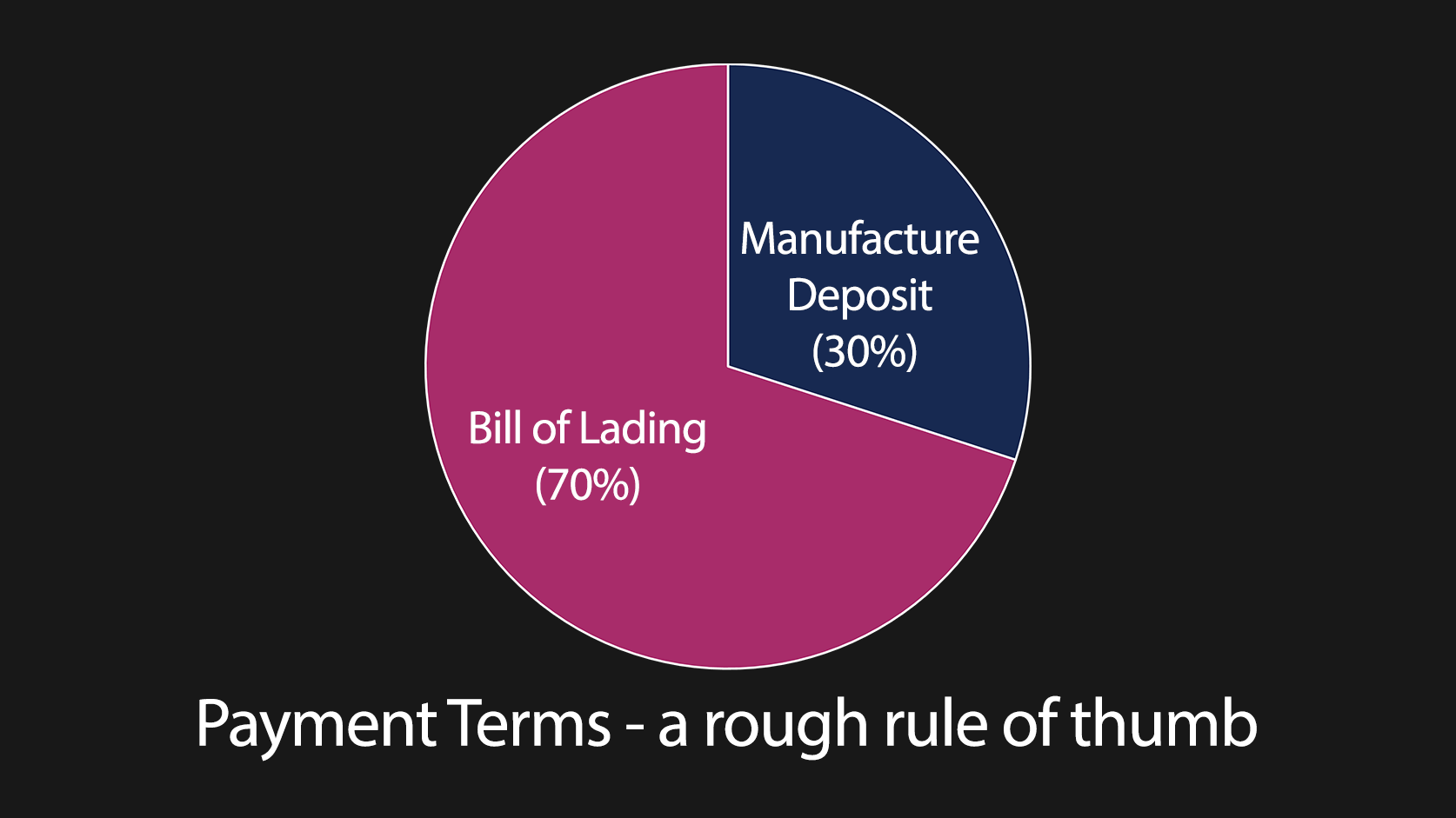Vital lessons to learn if you’re importing from China
9 min read
Alright gang, let’s talk about China.
It’s a country with more than a billion people and is coined as “the world’s factory”.
If you’ve ever thought about being a Shopify millionaire or an Amazon entrepreneur, you’ve probably considered importing products from China.
This is a full breakdown of the process I go through to import products from the far east and sell them in the UK and European market.
I’ve been to China a number of times and I’ve learned a lot. It’s a complicated project, but I’ll give you some easy tips so you can be successful in your quest to import from the far east.
Nearly everything we consume in the world has China in the supply chain at some point – from your car to your iPhone, or your clothes.
It’s a behemoth of an economy – the second biggest in the world.
Some people have got the hump with China, but you just can’t ignore it. It has become a world superpower in less than 40 years.
I visit twice a year, importing millions of dollars in products and selling them to my customers. We sell £100,000 a month directly to the consumer via sites like Shopify, and we want to grow that.
WATCH my video on making millions through Shopify below
Quality of the products
One of the things people worry about when importing from China is the quality of the product.
Nearly every smartphone in the world is made in China, and I think we can all agree they’re high-quality product.
As long as the specification and the quality control – the research and development – is there, you can have either an amazing product or a terrible one.
But how do we get what we really want?
There’s a massive north-south divide in China, like there is in the UK. Further north, wages tend to be a lot lower than in the south. That’s really important for importers to know because China is a country where things are made in different locations.
You need to know those different areas.
⚠️ A warning
Usually, the first thing people do when thinking about importing from China is go to Alibaba. I’ve never bought anything from Alibaba, because it’s too low barrier to entry. You don’t get to know the product or the people the making it, which is really important.
My team and I use Alibaba and sites like made-in-china.com for research purposes only.
However, I urge you not to buy from them, for a number of reasons around testing and quality control. You can get your fingers burnt if you don’t do that correctly.
Instead, do this...
Step One: Visit trade fairs
If you’re serious about importing from the far east, the first thing you should do is get on a plane and visit some of the trade fairs, like Canton Fair.
Canton Fair is probably the best known of all the Chinese trade fairs. It’s separated into three phases - with different products such as electronics, toys, and clothing.
You’ll learn so much more at trade fairs than you ever could on Mr Google.
But once you get to those fairs, what do you do next?
Step Two: Find a sourcing agent
If you find a product which you can see a gap in the market for at home, the next thing to do is find an agent to source it for you. You can have a factory which also acts an agent.
However, I prefer using someone who isn’t associated with a factory, to act as my “boots on the ground”. They go out and find the products, but you collaborate with them. You go to the factory visits, the trade fairs. They do all the paperwork and admin.
As you get more experienced, you’ll better understand the idiosyncrasies of trading with China, and eventually build your own office there.
Step Three: Know where products are made
China is a massively huge country. When I go there, I literally travel hundreds of miles every day. It’s like going from London to Malaga every day to get to the different locations.
You need to know where most of the factories are that make the products you want.
Check out this interactive map of some of the places I’ve visited while researching imports in China. Most regions largely produce specific items, but they do vary.
Having boots on the ground and a team member out there to go and visit these factories to see how the manufacturing process is done can make your time out there much more efficient.
The south of China is where most of the money sits. There’s so much money around there and the quality of products is better. However, the price of labour is higher, making the product is much more expensive.
Now, the research and development and offices of Chinese companies are in those wealthier tier one cities, like Beijing and Guangzhou. But they’re making the factory miles away, with a factory set up in the north. That means you can get your products much cheaper.
MOQs, FOBs and USDs
Lots of acronyms there, but they’re all crucial.
MOQ – or “minimum order quantity” – is really important for importers.
For the stuff I buy, most factories want 3,000 MOQ, such as 3,000 coffee cups. That might seem quite extreme but when it comes to testing, you want to make sure you’ve got a big enough sample size to get the most out of it.
Testing is vital. A lot of people just ignore it, which is very dangerous.
If Trading Standards pick that up, or you bring in a product that isn’t fit for purpose, you’re in troubled water.
It may be really expensive, but it’s the absolute best insurance policy.
So, you want MOQs that are high, but not so high that they’re a cashflow drain.
Get products that fill a 40-foot container or use LCL (less than a container load) – pallets that go in a shared container.
Currently, the Chinese government is subsidising the cost in some regions for LCL pallet orders. That makes it cheaper than importing a container, which shows why it’s beneficial to have an agent in China who’s aware of all these moving parts, to save you a lot of money.
You can save money by shipping your products in shared containers. (Credit: Pixabay)
FOB stands for “freight on board”, where the cost of transporting the product to the port for shipping is added to the price.
It could take up to six hours to get a product from the factory to Shanghai or another port. You don’t want to get involved in trying to pick it up from the factory yourself, so ask for the FOB.
You’ll usually be paying in USD – that’s US dollars. Sometimes, they’ll quote you in Chinese Yuan, but you want to get that over to USD as that’s how you’ll be paying.
As a rule of thumb, you need to add on quite a bit more to your USD price to put on the pricing of getting that product from China into your UK warehouse.
At the moment, it’s around £5,000 to get a container from China to the UK. Then you’ve got to store it in your warehouse, pay for people to pick and pack it here in the UK to get it to your customers. There’s a lot more “on costs”, rather than just the Chinese price.
I would say add on around 35% to the price you’re paying from China - to add on all your freight, getting it to your warehouse, and shipping it to your customers.
Boots on the ground are absolutely essential if you want to do this properly. Get out there a couple of times a year like I do, to get to know and trust your team. Educate your team in China on the quality control you absolutely demand.
You want to make sure you’re bringing in the best possible products.
Avoid fashion lines and repeat products
If you’re importing from China, try to find products that you can repeat, repeat, repeat once you’ve done all the work.
I like doing leverage work. I find my products, put a lot of effort into making them and repeat it.
Payment terms
Usually, when you place an order, you put a 30% deposit down. Then, you should allow eight weeks for the product to be manufactured.
When it gets to the UK, or your country of operation, you are given a “bill of lading”. That means you then have to pay the other 70% to get the container released from Customs.
You will likely pay the bulk of your overall bill once the products arrive in the UK - or wherever you’re trading.
Once you’ve been to China a few times, you’ll start to understand how it all works. On your fifth visit, you’ll really start understanding the regions and the tax advantages that factories get.
Factory secrets
I don’t think Chinese factories make a lot of money from the products they manufacture. They’re doing it at the best possible price because they want to get the order.
Here’s why.
They want to get the tax rebate from the Chinese government. They can get anywhere between 3 and 13% of the total invoice that they charge you, the buyer, back as a tax rebate.
To put that into perspective, if they invoice out a million worth of stuff that’s going out to Europe, the Chinese government will give them up to £130,000 back on the value of that export invoice. That’s a big portion of their profits.
In many cases, they can get that banked and get the profit in advance to use that as their cash flow.
If the quantities go up when you’re buying in from China, the price of the product obviously goes down. But remember, if you’re buying in big quantities, you’ve got to store it here in the UK before you convert that stock back into cash.
If you’re buying 3,000 notepads for 35 cents, you’d think “what if I buy 25,000?
“Does the price halve?”
No. In my experience, that 33 cents goes down to 31 cents. It’s a tiny saving but it’s a good indication that they’re not making huge profits on these, even on a lower quantity.
But if I do buy and save those two cents, I’ve got to store it here in the UK – thus paying more business rates and warehouse costs. So, sometimes I prefer the lower MOQs, paying that slightly higher price, as it means I can turn my stock quicker and not have such a big warehouse and business rates cost.
Testing, testing
I really want to labour this point. You must test your products and do quality control.
If you don’t, you could get a slightly substandard product that comes into the UK with the incorrect colours, or the packaging isn’t as good. Then, the customers won’t want to buy from you again.
It’s really easy to sell once - but can you get repeat orders?
You want the best-quality products so people like it and will come back to you.
Testing covers you, ensuring you use the best-quality materials, that there’s no toxicity in the products you’re manufacturing.
Intertek is one example of a great testing company. Go and Google those, because that is going to be a cost that you’ve got to put on top of your product.
Testing and quality control are absolutely the biggest things that any experienced importer focuses on. Otherwise, you’ll just end up throwing your stock away.
Do not scrimp on them.
Can I trust China?
Most of my dealings with China have been amazing. If something goes wrong, they want the very best for you and they try to sort it out. It’s a country that you can trust to do business with.
They do make lots of mistakes with quality control, but they’ll do their best to put it right.
Business is a learning game. If anything goes wrong and you’re dealing with someone who wants to put it right, that’s a good thing.
WATCH my full video on everything I know about importing from China, here:







Money is much like water; it finds the path of least resistance.
In our case, as business owners and leaders, money ultimately means customers. The more customers we have, the more money we have.
I've also learned that getting customers to buy once is easy; getting them to repeat buy is the skill.
Repeat business is achieved by creating a great product that can be bought again with little resistance.